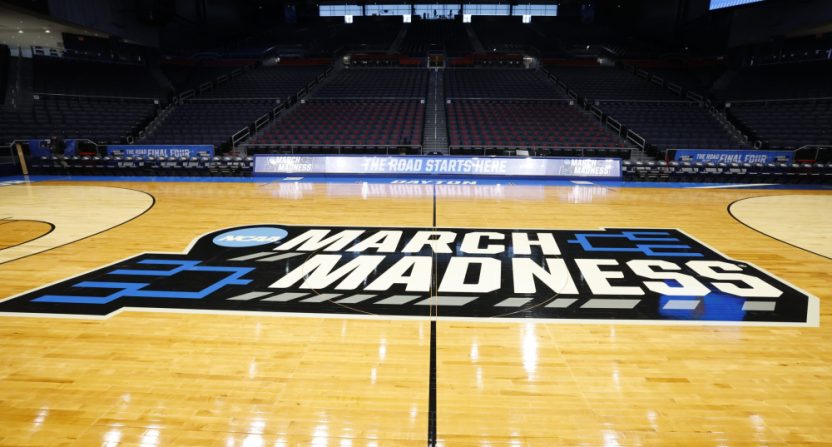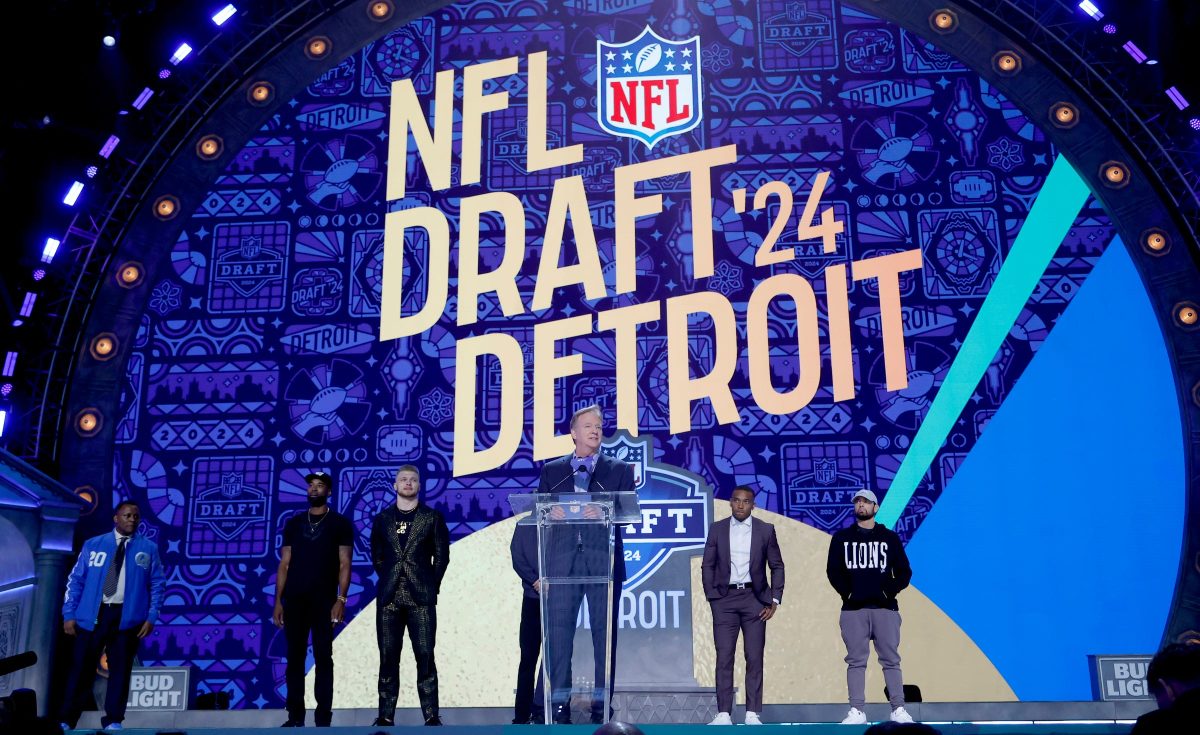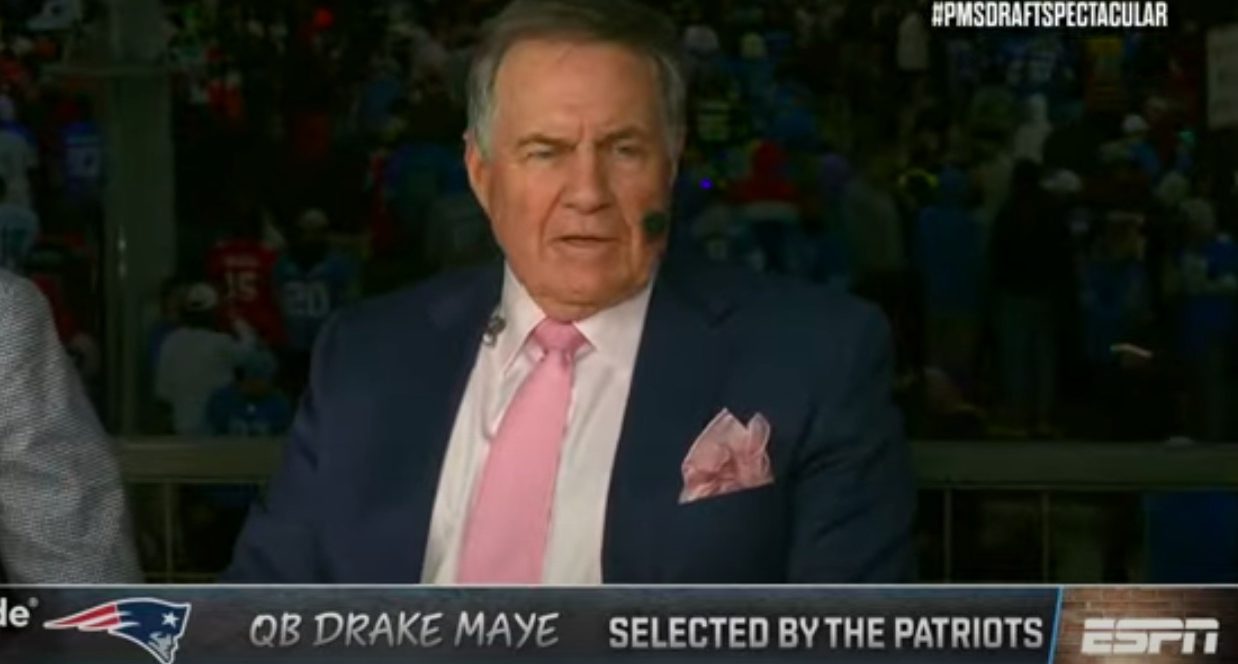It’s rare to start a column this way, but it’s important in this case: I might be wrong. Like, very wrong. If you read this and think “He’s wrong!” just please know that I’m aware of this possibility and I fully respect anyone who disagrees with me on it.
That said: have staggered tip times made the NCAA Tournament less fun to watch? Is that possible? Look at this year’s broadcast schedule. We have one game tipping off at 12:15 PM (all times Eastern, which is my time zone and therefore the only one I care about), another at 12:40, another at 1:40, and then a fourth at 2. From there, games are staggered out throughout the day.
Here’s a visualization I could have made myself, but didn’t have to thanks to Taylor from New Mexico, who deserves credit here despite the fact they used Pacific times:
March Madness Schedule Visualized@thebettorlife @sportsbooktom @midmajormadness pic.twitter.com/dXkl0lsVJt
— Taylor from New Mexico (@TaylorfromNM) March 13, 2023
The theory behind this change, which began all the way back in 2011 as Turner came on board to supplement CBS with their three cable channels and make every game available to a national audience, was that this way, games would end at different times, allowing for people to channel surf from one thrilling ending to the next.
Plenty of people had clamored for this move (Bill Simmons used to mention it during his running diary pieces, for example), and it was widely welcomed at the time. Here’s Eamonn Brennan (now of The Athletic, then at ESPN) on the subject:
You know how it goes. Each block of games on that magical Thursday and Friday of the tourney’s first weekend starts at around the same time, which more often than not means the games end at the same time, which makes tracking every possible minute detail of every game — especially under a minute in buzzer-beater territory — pretty difficult.
No more…Not only will we have the option of watching every single NCAA tournament game whenever we want this year, staggered start times will make that task about 5,000 times easier and more enjoyable.
So, in theory then and now, this makes a lot of sense. And once you’re in the meat of the late afternoon/early evening on Thursday and Friday, with games on all networks hitting various points in the action, it does feel like a perfect storm.
For me, though, the system has decimated one of my favorite windows: when three or four games would tip off right around the noon hour. That was starting things off with a jump into a cold pool; meaningful sports, all at once, right there on a Thursday afternoon. Now, with just the one game at 12:15 and a few stragglers after that, it has a much sleepier feel, almost underselling the magnitude of the event.
Few things are as hyped up for months as the men’s NCAA Tournament, with plenty of commercials running leading up to and throughout the event itself talking about how thrilling everything is and how the moments matter forever. That’s a tougher sell when you’re in a commercial break during Maryland-West Virginia with no alternative games to watch.
The staggered start times also allow for more people to watch the endings of games, sure, but the thing about sports is that the rest of the game still occurs. If a few early afternoon games end up lopsided, then there’s a good three hours without anything really exciting to watch. Plus the incentive to watch endings means it’s harder to really lock in to one or two close contests for the entire game.
Back in 2009 (I tried to find 2003 game times for the 20-year symmetry, but the Internet is a weird place and nothing is permanent, if you’re reading this post more than a week after it’s published you’re an outlier and also thank you), things were different; on Thursday we got three games around noon. On Friday, it was four. If I wanted to take a day to watch games or make plans to hang out with people to do it, it was an easy call.
Again, as I started, there’s a strong chance I’m wrong, and an almost certain chance I’m in the minority. It’s certainly never going to go back to the way it was, and I’m aware that my own idiosyncratic preferences shouldn’t be the deciding vote for major broadcast strategies.
But Thursday and Friday, when it’s 1:30 PM and there are only two games going (with one at halftime), it’ll be hard for me not to think that the event has lost just a little bit of what made it special.
Even when change is progress, it’s okay to lament.







